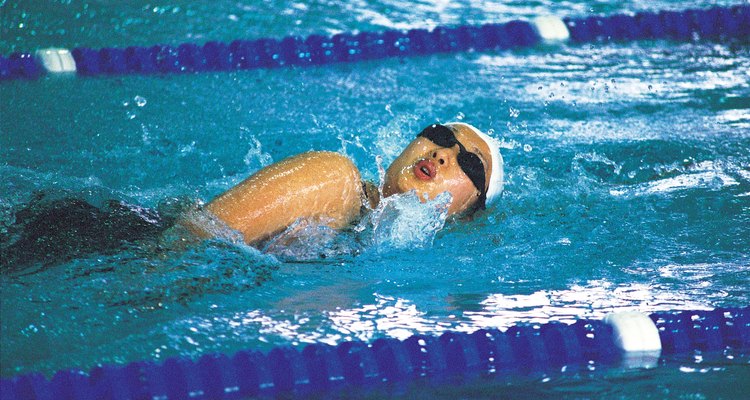
There is a debate over what causes body hair loss in swimmers, but it is a documented fact that some swimmers do experience hair-thinning as well as loss of body hair. While the causes are not definitively pinpointed, some experts do contend that chemical imbalances are responsible for the hair loss.
Chlorine
Even recommended amounts of chlorine in a pool will soften the hair cuticle, causing the hair to dry out and become brittle. Normal levels of chlorine do not cause hair loss; however, if the chlorine levels in a pool rise to extremely high levels, the chemical can cause burning, rashes, swelling, breathing difficulties and loss of fine body hair. This occurs only in rare circumstances.
Acidity and pH
Another cause of body hair loss in swimmers is a low pH in the water, resulting in highly acidic water. The water pH, or potential of hydrogen, should be between 7.2 and 7.6 in a swimming pool. According to Michigan State University (see Reference 1, p. 39), low pH in pool water causes hair loss as well as destruction of pool equipment and swimming suits, staining, cloudy water, and red eyes. High pH water also causes irritation to swimmers, scales on pool equipment, and reduced effectiveness of chlorine, but is not linked to hair loss.
Balance
Maintaining proper chlorine levels and pH balance in a swimming pool requires frequent testing. Chlorine levels will dissipate within several days if they test too high if no more of the chemical is added. The number of swimmers, air temperature and total dissolved solids in the pool affect the effectiveness of chemicals in the pool. Technicians should test the pH, temperature, chlorine levels, calcium hardness and alkalinity each day.
Managing pH
If pH is low, pool staff or owners should add soda ash at the rate of 16 ounces per 10,000 gallons to raise the pH level .3 parts per million. Any adjusting of chemicals should be done when there are no swimmers in a the pool. High pH is lowered by using muriatic acid or sodium bisulfate. (see Reference 2) Muriatic acid is a corrosive acid that needs to be handled carefully. The container needs to be tightly closed when it's not being used, since even the fumes can be corrosive. Technicians should use gloves and goggles when adding muriatic acid to the pool. While muriatic acid comes in liquid form, sodium bisulfate comes in granular form, and is easier to handle.
Related Articles

Skin Problems Caused by Swimming Pool ...
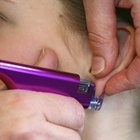
Ear Piercings & Swimming
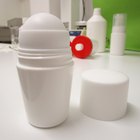
Properties of Propylene Glycol

What Foods Provide Calcium D-Glucarate?
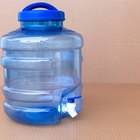
How to Purify Water With Hydrogen ...

How to Get a Hard Water Stain Out of ...

The Calcium Content of Spirulina

Does Canned Soup Go Bad?

Reverse Osmosis Purifier Vs. Ionization

Why Do Swimmers Wear Caps?

How to Detox From Diet Coke

The Average Weight of a Boiled Egg
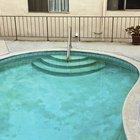
Swimming Pool Algae Problems
How Much Water Should I Drink While ...

The Effects of Inhaling Air Dusters

How to Cheer Up a Cranky Woman

How Much Water Should I Drink With a ...

How to Straighten a Synthetic Wig

Symptoms of Food Poisoning With Oysters

Foods to Avoid to Prevent Gout
References
Writer Bio
Rachel Murdock published her first article in "The Asheville Citizen Times" in 1982. Her work has been published in the "American Fork Citizen" and "Cincinnati Enquirer" as well as on corporate websites and in other online publications. She earned a Bachelor of Arts in journalism at Brigham Young University and a Master of Arts in mass communication at Miami University of Ohio.
Photo Credits
Photos.com/Photos.com/Getty Images